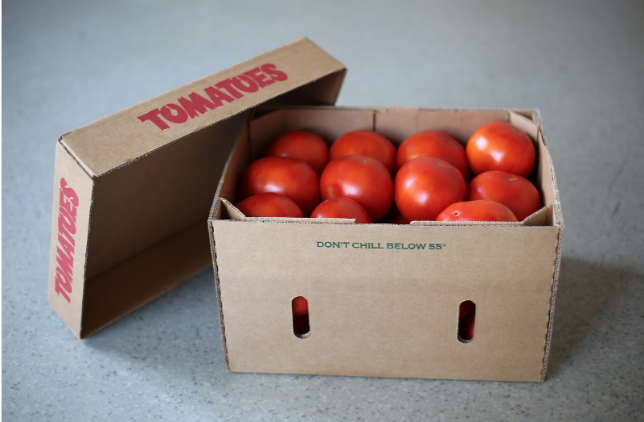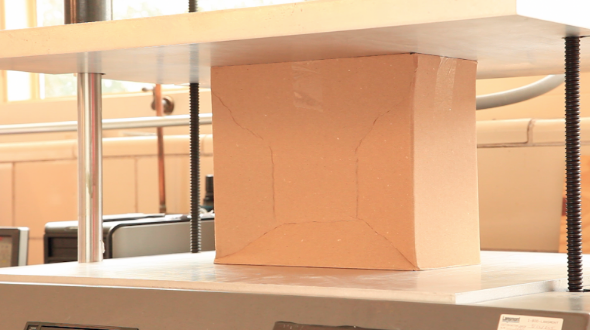Finding the Optimum Headspace

Have you ever purchased a carton of eggs, only to get home and realize that half are cracked or broken? You were probably less than thrilled upon making this discovery. To prevent this from happening, distribution packaging must be designed with optimum headspace. But, what does all of this jargon mean?
The term “headspace” describes the clearance between the inside ceiling of a container and the top of the contents or internal structures within the container. There are a wide range of products that can be packaged in corrugated, and the amount of headspace can greatly contribute to—or take away from—the overall compression strength of the corrugated container.
There are three cases where package-product load sharing affects the amount of headspace needed in a container. Fragile contents, like fruit, eggs, and bread, cannot withstand compressive forces without damage. Canned products have the strength to withstand large amounts of compressive force without sustaining damage. And then there are other products, like plastic bottles, that fall somewhere in between. They can support some, but not all of the compressive loads of the distribution environment.
The most straightforward method for analyzing optimum headspace in a package-product system involves experimental testing using a laboratory compression testing machine. Keep in mind, the values found in the lab experiment will be inflated and not accurately reflect the values which would be observed in the actual distribution environment. In order to compensate and correct for environmental factors, strength reduction factors (SRF) can be applied to the experimental values. The experimental headspace test should test a minimum of the following:

-
Three samples of the container in question (empty and taped closed)
-
Three sets of samples of the contents (ideally, each set should be composed of the full quantity to be packed in the container if the contents can bear load)
-
Three samples of the internal structures, if applicable (separate from the container)
-
Three samples of the container filled with contents/internal structures in distribution format (taped closed)
Running these tests on a package-product system is critical to the success of the container as it goes through the distribution process. NO ONE wants broken eggs. The next time you see a damaged product on the shelf, consider the impact it has on your perception of the brand.
Want to dive deeper into the world of packaging and distribution? Head over to our website and read up on the online packaging curriculums we offer!